No products in the cart.
Aquarium Fish, Cichlids, Live Animals and Plants
Yellow Parrot Cichlid
The Blood Red Parrot cichlids, also known as Bloody Parrots or Blood Red Parrots, are a relatively new hybrid species developed in Taiwan in the 1980s. Despite being a controversial species, they quickly became appreciated because of their peaceful temperament and ability to live in a community tank.
KSh 6,000
CompareThe Blood Red Parrot cichlids, also known as Bloody Parrots or Blood Red Parrots, are a relatively new hybrid species developed in Taiwan in the 1980s. Despite being a controversial species, they quickly became appreciated because of their peaceful temperament and ability to live in a community tank.
Probably, the name of the fish parrot is due to its mouth shape or, maybe, due to its likeness with a marine Parrotfish. You should keep in mind, that the latter is a completely different fish genus, that inhabits in sea water and we are talking here about freshwater parrot fish.
Yellow parrot fish: Not shy to controversy
The red parrot cichlid is a hybrid aquarium fish species around which notable controversy exists. Produced by crossing the midas cichlid and the redhead cichlid the blood parrot cichlid’s genetic mixture has left the fish with a combination of physical traits that compromise the fish’s ability to thrive. It has a very small mouth, for example, that makes it difficult for the fish to feed itself adequately.
However, the unusual appearance round body and beak-like head with large eyes along with the fish’s ability to coexist with other species in a community environment, has made it popular among some enthusiasts.
Colors and Markings of the red parrot fish
Red parrot cichlid are usually bright orange, although red, yellow, or gray fish are also possible. Unethical breeders may also dye the fish to produce other colors. Adult fish grow to a length of about 7 to 8 inches (20 cm) and may reach an age of 10 to 15 years. Males are slightly larger than females.
How yellow parrot fish live with other fish
Blood parrots should not be kept with aggressive fish, as they are not well equipped to compete for food or turf in the aquarium. Owners have kept them successfully in community tanks with a variety of peaceful fish. Mid-sized tetras, danios, angelfish, and catfish are all good possible tank mates.
What to know about feeding aquarium fish
In nature, fish eat whenever they are hungry and the food is available. If food sources are plentiful, they will eat several times a day. On the other hand, if food sources are scarce, they might go for days between meals. For this reason, fish are very opportunistic and will eat whenever they have a chance.
Regardless of one or two feedings, the key is to keep each feeding very small. Do Not overfeed your fish. Whenever in doubt, the best practice is to underfeed your fish. There are a lot of health concerns related to overfeeding your fish.





















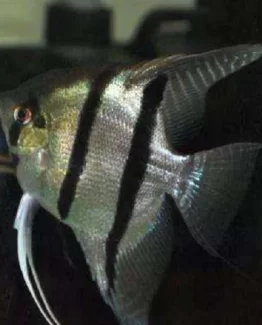
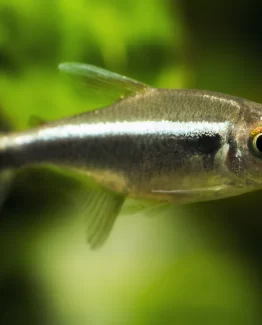
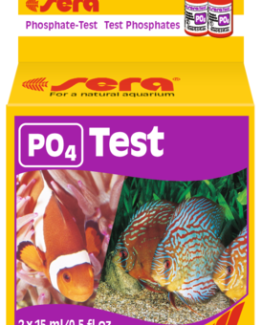
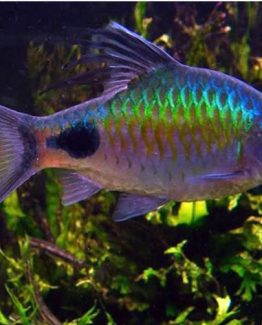
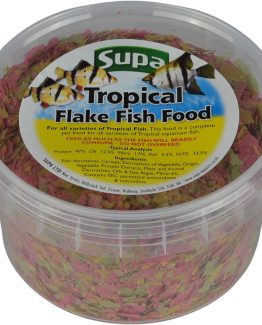
There are no reviews yet.